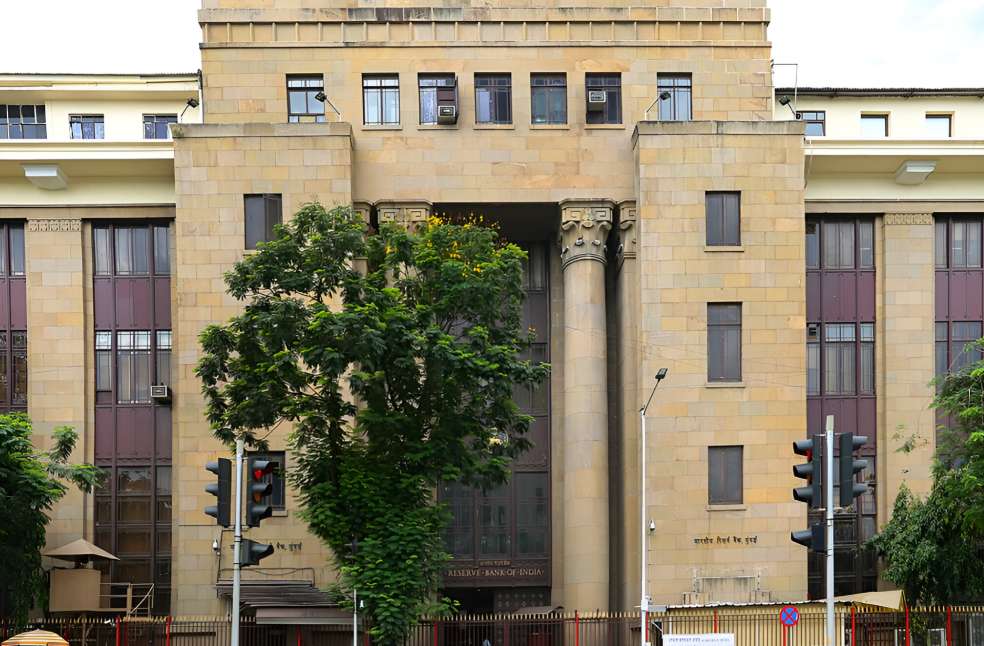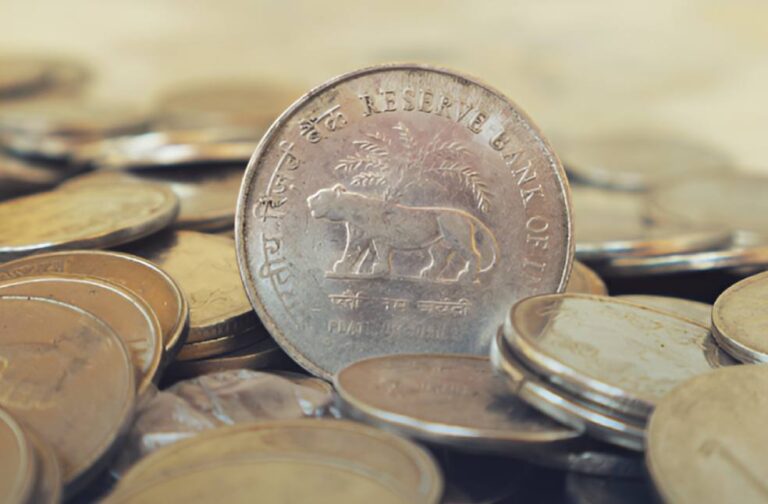India: The Reserve Bank of India (RBI) has dropped its benchmark interest rate for the first time in nearly five years, aiming to counter slowing economic growth in Asia’s third-largest economy. The central bank reduced its repo rate from 6.5 percent to 6.25 percent, a move widely anticipated by economists.
The repo rate, which dictates the interest at which the RBI lends to commercial banks, plays a crucial role in shaping borrowing costs. The decision comes as India’s GDP growth is projected to slow to a four-year low of 6.7 percent.
RBI Governor Sanjay Malhotra stated that the central bank is maintaining a “neutral” policy stance, leaving room for further rate amounts to support economic expansion. India’s investment growth and urban consumption have shown signs of weakness, while corporate profits have declined in the first half of the current financial year.
However, Malhotra noted that moderating inflation, a rise in rural demand, and strong agricultural output could help counterbalance these economic headwinds.

The rate cut is predicted to slightly reduce mortgage and credit card interest rates, while also making borrowing more affordable for businesses. This move follows a series of measures aimed at stabilizing the economy, including the RBI’s $18 billion liquidity injection into the domestic banking system to alleviate cash shortages.
Additionally, the central bank lowered the cash reserve ratio (CRR) for commercial banks by 0.5 percent in December, further boosting liquidity. The RBI’s decision comes on the heels of the Union Budget’s $12 billion tax cut devised to provide relief to the struggling middle class.
Despite these efforts, Prime Minister Narendra Modi’s government remains committed to fiscal discipline, aiming to control spending and reduce the budget deficit. With limited room for fiscal stimulus, analysts predict that the central bank may cut rates further by 0.5 percent to 1 percent in the coming months.
However, global uncertainties, including the impact of U.S. President Donald Trump’s trade policies, capital outflows from Indian markets, and a depreciating rupee, pose significant challenges. The Indian rupee continues to trade near record lows due to heavy foreign investor withdrawals in recent months, adding to the complexities faced by the RBI.
As policymakers navigate these economic uncertainties, all eyes will be on the central bank’s next steps to support growth while managing inflation and currency stability.



